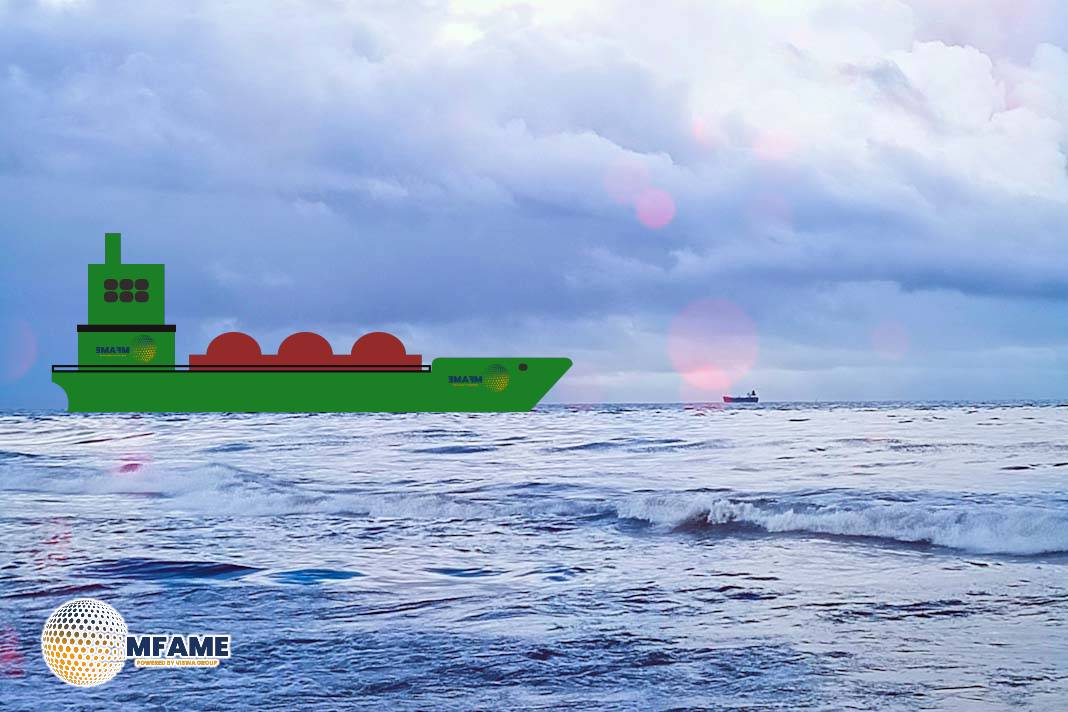This case, reported by the Swedish Club, involved a cargo quality dispute during the discharge of urea at an African port. The incident centered on the alleged poor quality of the urea, specifically its nitrogen content and the presence of caking.
What Happened
During the discharge, parts of the urea cargo were found to be caked, although the majority was unloaded normally using grabs. Some lumps remained, and direct bagging was carried out at the dockside. Because the hoppers lacked grids, a portion of the urea was discharged in bulk to a warehouse for manual packing. By the time a cargo expert arrived, the discharge had been completed, and the vessel was placed under arrest due to claims concerning nitrogen deficiency and caking.
Local laboratories tested tripartite samples for nitrogen, biuret, and moisture content, and their results indicated that the nitrogen level was below specification. However, the cargo appeared visually normal, consisting of pure white prills with no visible contamination. Further supervised sampling during discharge, analyzed by an internationally recognized laboratory, showed nitrogen content above the required specification, moisture content well within acceptable limits, and fines levels within range. Based on these reliable results, the vessel was released, and no further claim was pursued.
Why It Happened
The dispute arose primarily due to inaccurate or inconsistent local laboratory analyses, which incorrectly suggested out-of-specification nitrogen and moisture content. Flawed sampling procedures during the initial inspections likely contributed to these unreliable results. Additionally, the presence of caking was misinterpreted as a quality defect, even though it is a natural condition of urea and not related to vessel fault or water ingress. The combination of poor sampling practices, questionable testing accuracy, and misunderstanding of caking led to the vessel’s temporary arrest.
Actions Taken
- Independent tripartite samples were collected under supervision during discharge.
- Testing was carried out at a recognized international laboratory, which provided accurate results confirming the cargo met specification.
- The arrest of the vessel was lifted after these findings, resolving the dispute.
Lessons Learned
- Sampling should be done during loading, following local or international standards, and documented with a Sampling Report.
- Retain part of the original loading samples in sealed, cool, and dry conditions for future reference.
- Caking is a natural condition of urea, not caused by vessel fault or water ingress; proper photographs help differentiate it from water damage.
- Expert advice and photographic evidence should be obtained quickly when caking is observed.
- Local laboratory results may be unreliable; independent, accredited laboratories should be used for verification in quality disputes.
Did you subscribe to our Daily newsletter?
It’s Free! Click here to Subscribe!
Source: Swedish Club
















![[Watch] How a Ship Engine Works – 4 Stroke Marine Diesel Engine](https://mfame.guru/wp-content/uploads/2023/11/mfame-tanker-100x70.jpg)